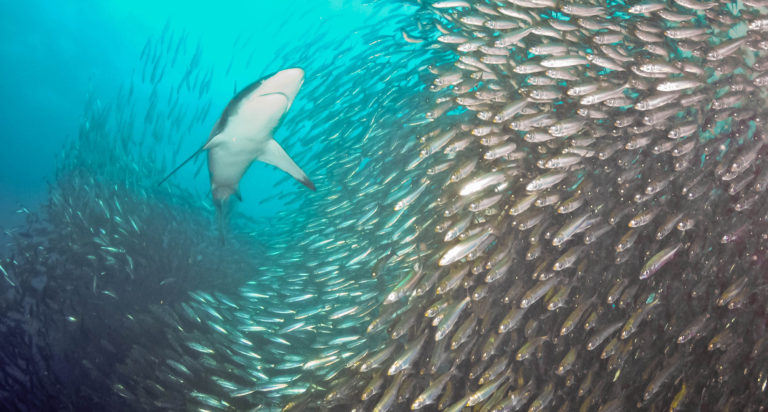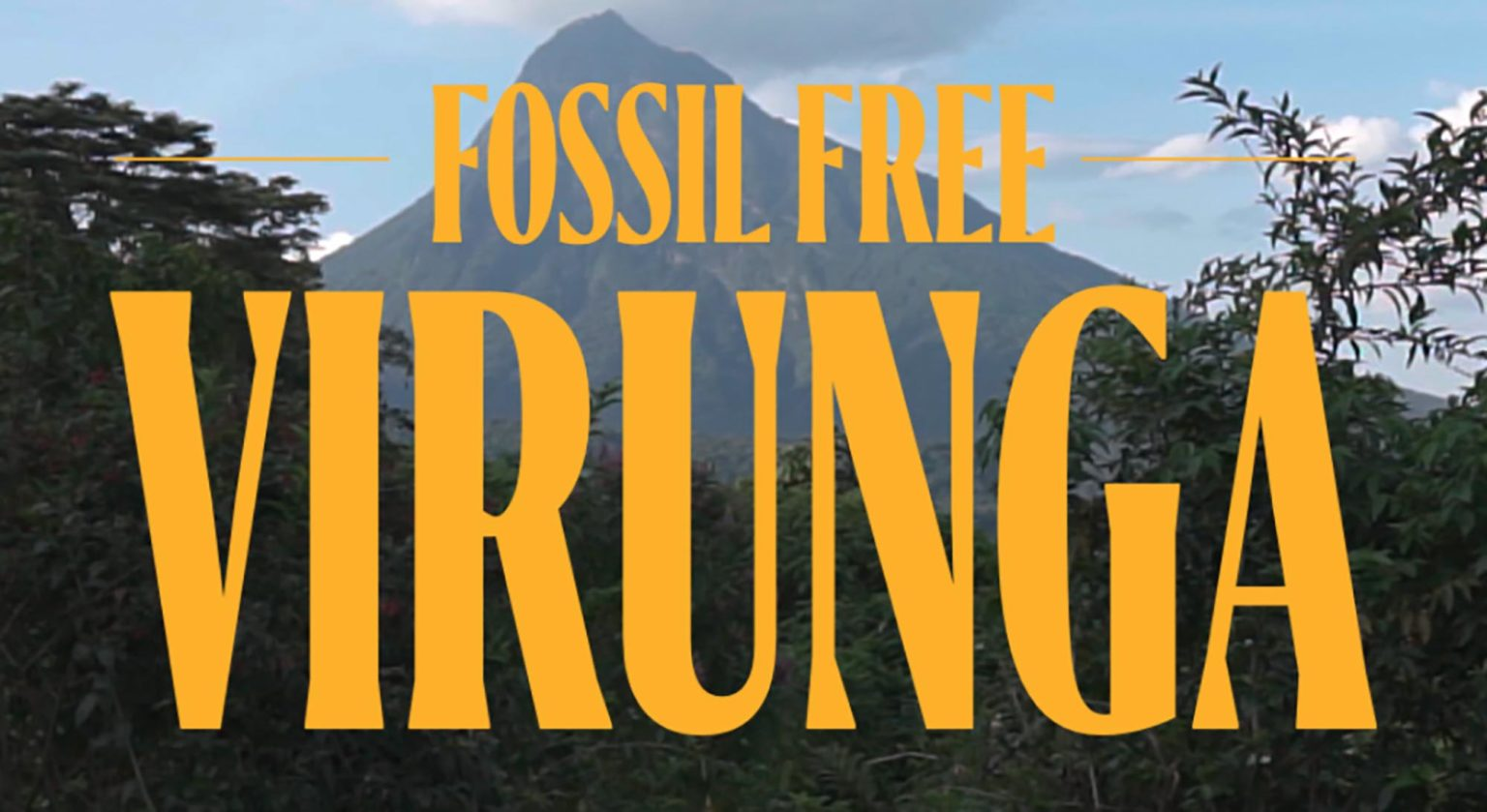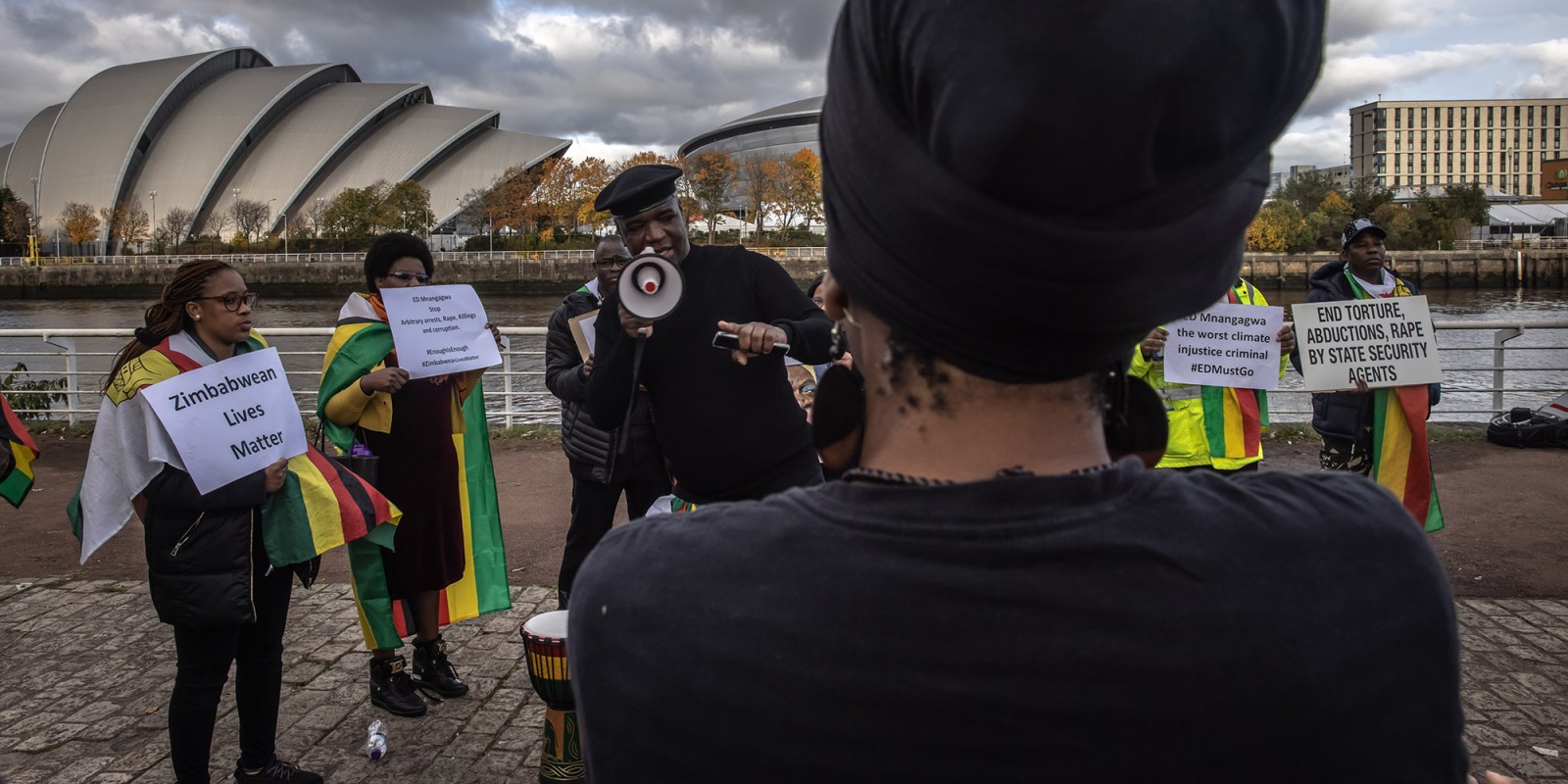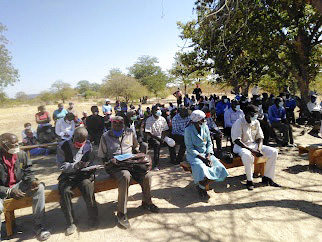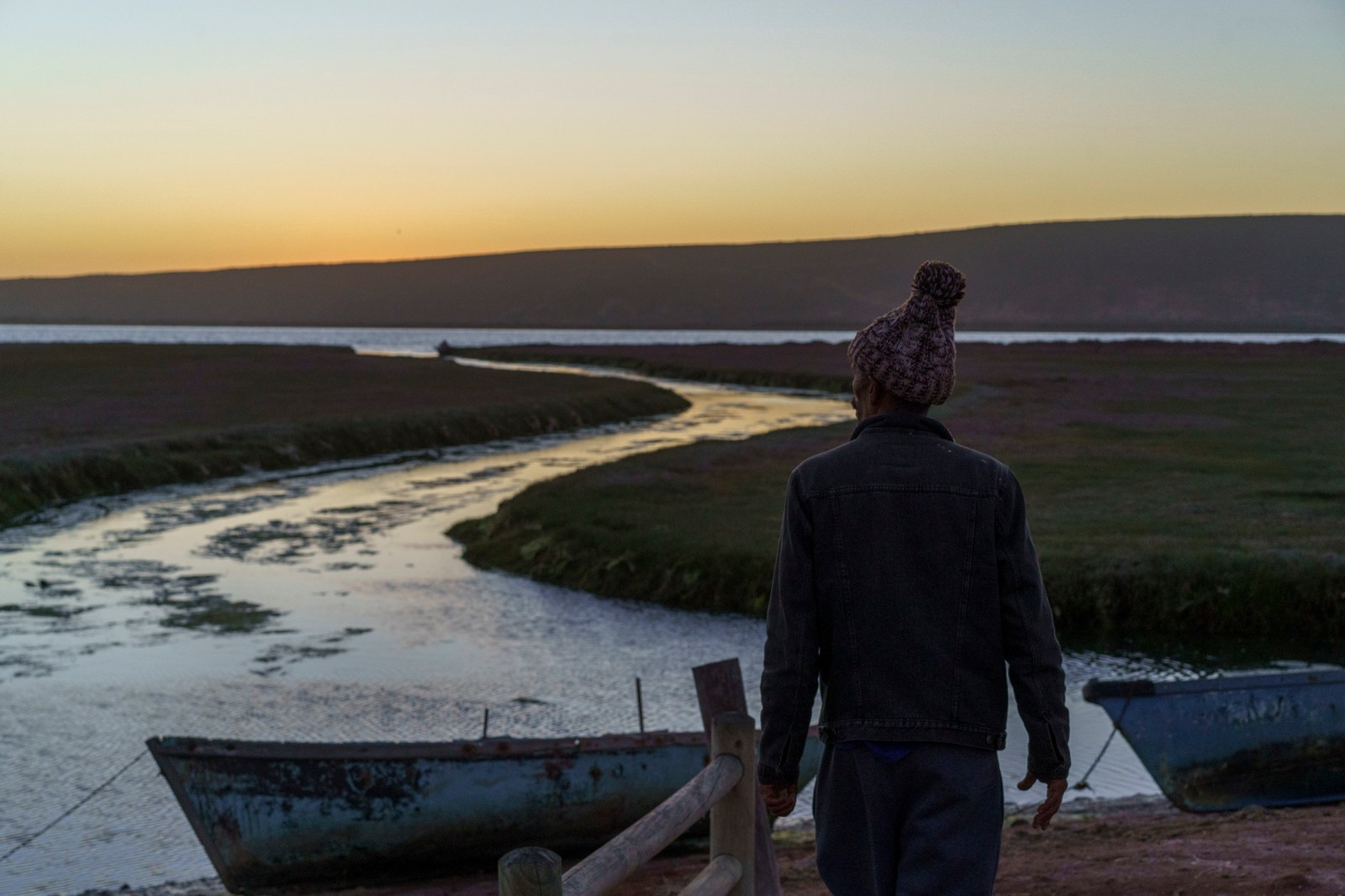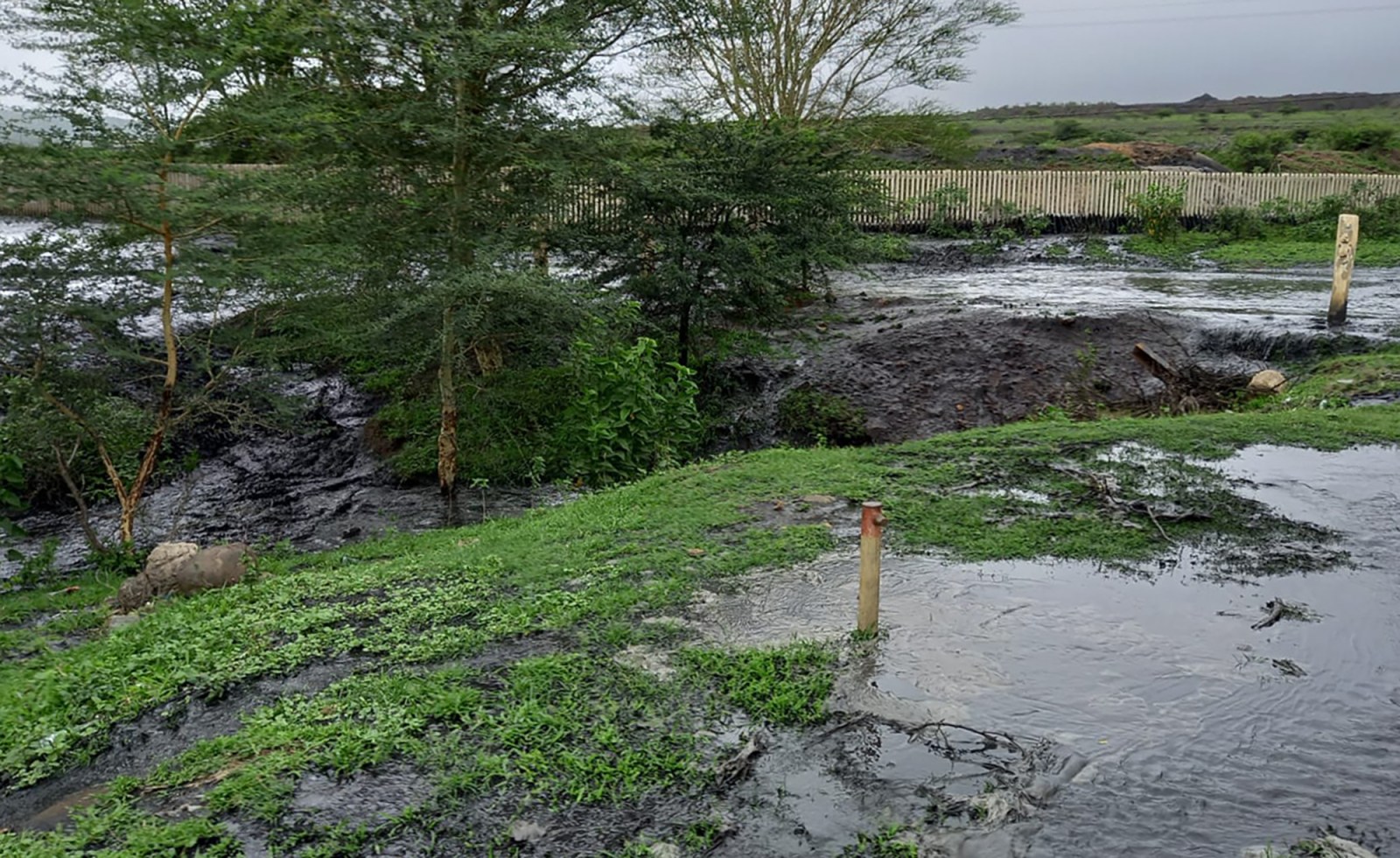By Annette Hübschle and Sophie Rathmell• 3 June 2021
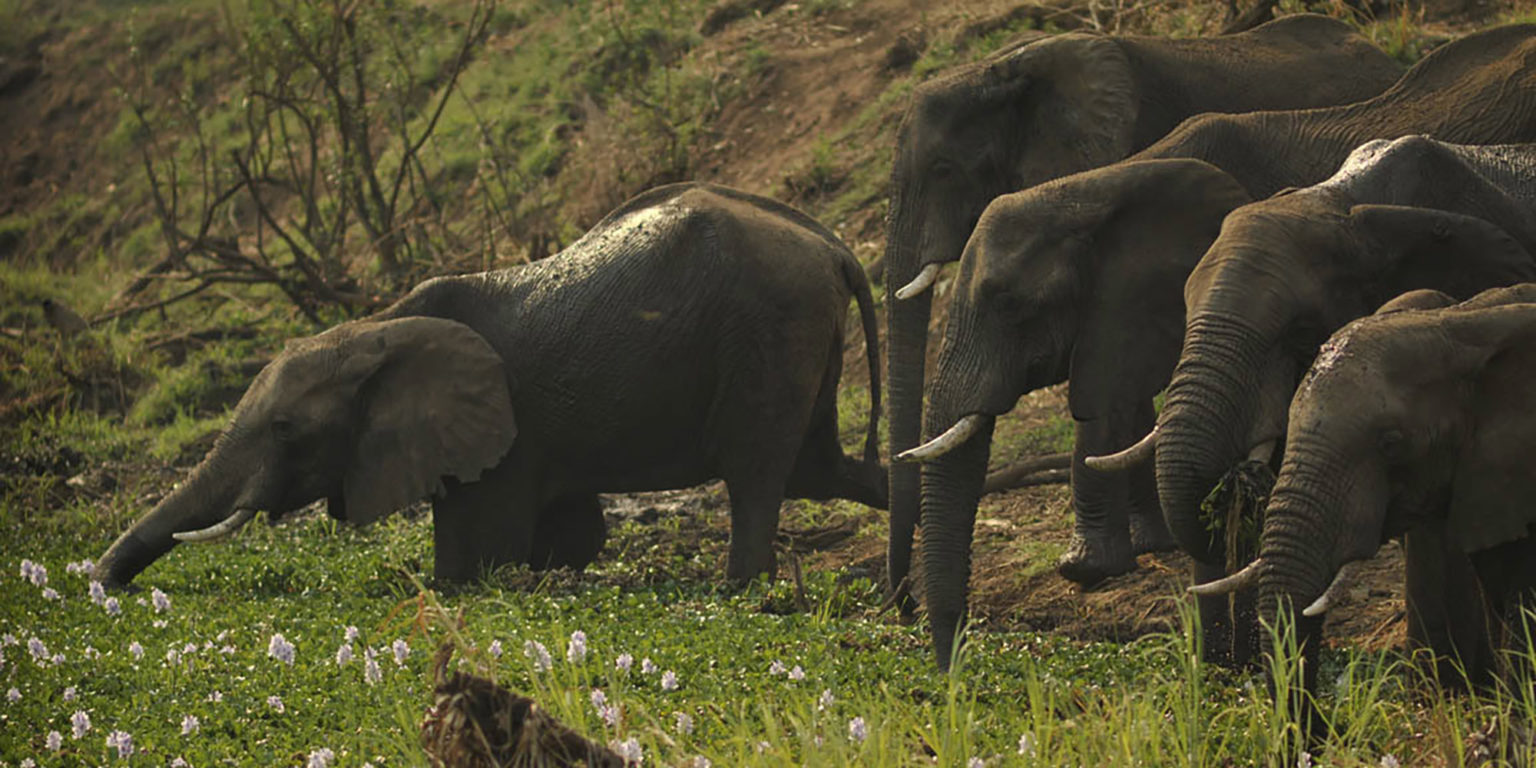
The environmental impact assessment reports for ReconAfrica’s planned 2D seismic surveying failed to consider the impact of seismi...
Canadian oil and gas company ReconAfrica has submitted an application for an environmental clearance certificate to Namibia’s environmental commissioner to conduct 2D seismic surveys in the northeastern Kavango regions. Complementary to exploratory drilling, seismic surveys help locate oil and gas reservoirs. While the environmental impact assessment reports fall short on many fronts, we pick up on a particularly crucial issue which we believe is not dealt with in the assessment in a competent manner: the impact of seismic surveying on elephant behaviour.
Annette Hübschle is a senior research fellow with the Global Risk Governance Programme at the University of Cape Town. Her research focuses on new harmscapes of the Anthropocene, resilience to climate change and trafficking flows. Originally from Namibia, Annette is a founding member of the NGO Frack Free Namibia.
Sophie Rathmell is currently pursuing a Master’s degree at the University of Cape Town in Environment Society & Sustainability. Her research has a concentration in environmental and social justice. Originally from the United States, she has enjoyed immersing herself in the context-specific environmental issues that are present in southern Africa.
Our objection is coupled with a plea to employ the precautionary principle to protect the largest cross-border elephant herd from the harmful actions linked not only to seismic surveying but also from the ongoing exploratory oil and gas drilling in Namibia.
The world found out about the planned oil and gas explorations in the biodiverse Kavango East and West regions of Namibia in an article published in Daily Maverick in mid-September 2020. Environmental activists, local communities, NGOs and even members of the public were not privy to an environmental impact assessment (EIA) process that had been completed and signed off in 2019.
The company had sailed through the EIA process for the drilling of exploratory boreholes on communal and conservation lands with little or no community engagement and also no critical list of Interested and Affected Parties in contravention of Namibia’s Environmental Management Act 7 of 2007.
Normally in Namibia a high-impact industrial development that would affect a rural area would include in it’s EIA the voices of local and indigenous communities, experts, scientists as well as local, regional and international organisations who are working in the region. There was so little engagement that no objections or concerns were raised or published in the final EIA that led to the Environmental Clearance Certificate for drilling to be issued.
When the story broke in September 2020 about a small and relatively unknown Canadian gas and oil company by the name of Reconnaissance Energy Africa (ReconAfrica) it was already courting investors with promises of riches from a supposed massive unconventional (read fracking) oil and gas development in Namibia and Botswana. At that point the company was getting ready to ship an oil rig to Namibia’s port of Walvis Bay and into this unique biodiverse ecosystem that is part of the Okavango River system. Not only is this region home to about 200,000 people, but a diversity of endemic and endangered plant and animal species survive here. This includes the last free-ranging cross-border elephant herd of about 130,000 pachyderms.
The company had not only secured exploration rights in Namibia but also in neighbouring Botswana, a contiguous exploration area of close to 35,000km2. While Namibians and allies from around the world were scrambling to get details and information of what was planned, ReconAfrica and its Namibian subcontractors were preparing drill sites. The oil rig and other equipment arrived in early December 2020 and drilling started on the first stratigraphic borehole near the village of Kawe in the crop field of a local farmer on 21 December 2020.
CNN reports that residents found the increasing noise levels and traffic distressing. Meanwhile, the company rolled out a second environmental impact assessment process to undertake 2D seismic surveys – a complementary method to map out how big a prospective oil and gas reserve could be. This time interested and affected parties registered in large numbers.
Most of the registered feedback published with the Seismic EIA outlined serious concerns with the environmental and social impacts of the seismic survey and the drilling, as well as water safety and impacts on water wells in this arid region where water (not oil) is gold.
The exploratory drilling and seismic surveying are taking place about 40km south of the Okavango River and upstream from the Okavango Delta and Tsodilo Hills, which are both listed as Unesco World Heritage sites. The World Heritage Site at Tsodilo was excluded from explorations by the Botswana government after an intervention by Unesco.
The exploration area also stretches across parts of the San Cultural Landscape on Unesco’s tentative list, with the ancestral lands of the San First Nations indigenous groups directly affected. Another point of contention is that one of the biggest protected areas in the world, the Kavango-Zambezi Transfrontier Conservation Area (Kaza), and six community conservancies and 15 community forests overlap with ReconAfrica’s oil-prospecting area.
One of the key objectives of Kaza is to create cross-border wildlife corridors connected to national parks and reserves to enable seasonal migration of elephants and other wildlife species. Botswana has the world’s largest cross-border population of about 130,000 savanna elephants and Namibia is home to around 24,000 individuals.
The environmental impact assessment reports for ReconAfrica’s planned 2D seismic surveying failed to consider the impact of seismic surveys on savanna elephants in a scientific manner based on previous research. It is for this reason that we prepared a scientific review based on peer-reviewed literature and interviews with elephant experts to inform the general public and lodge an objection with Namibia’s Environmental Commissioner, Timoteus Mufeti.
Our objection to the seismic survey is coupled with a plea to employ the precautionary principle when considering undertaking seismic surveying and oil and gas explorations in elephant migration corridors. The precautionary principle should be used in two circumstances: either to avoid severe or irreversible environmental damage, or when it is unclear whether an activity will have a severe or permanent effect. In the case of savanna elephants, which were added to the International Union for the Conservation of Nature (IUCN) Red List in April 2021, it is vital to employ the precautionary principle to protect savanna elephants from the harmful actions linked not only to seismic surveying but also from the ongoing exploratory oil and gas drilling for both reasons.
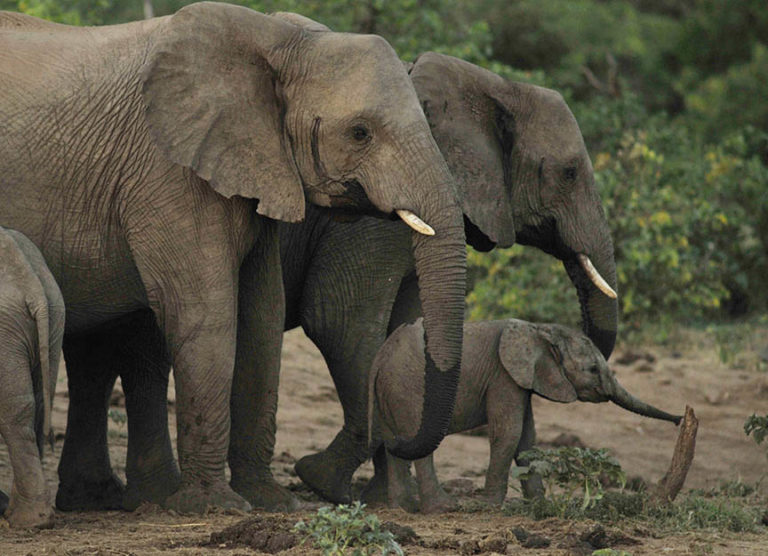
Elephants in Botswana. (Photo: Supplied)
The precautionary principle
Seismic surveying, both 2D and 3D, takes place by laying receptors called geophones along either a line (2D) or in a grid (3D) and detonating an explosive device or using something similar like a hydraulic ram, then recording the various soundwaves that are picked up by the geophones. The data collected from the geophones tells researchers the likely composition of the earth below the surface and can help companies decide where to pursue extraction for oil and gas, whether there is any recoverable resource and potentially the size of the deposit.
Elephants also use seismic activity, but in an entirely different way. Caitlin O’Connor-Rodwell and team have studied how elephants and great mammals use seismic waves as a communication channel for more than two decades. They found that elephants use fatty tissue on their feet and extremely advanced cochlea to send seismic signals to one another. These signals travel below the surface of the Earth, between 10Hz and 40Hz, and can send important messages concerning food, location of other herds, breeding and nearby predators. Using seismic signalling, elephants communicate within their own and geographically distant herds, often across large distances, helping each other to survive by sending different kinds of messages between each other.
Elephants are genetically designed to receive these messages as effectively as possible. However, these survival tools are steadily being encroached upon by human activity. For example, a study by Mortimer and colleagues on savanna elephant behaviour in Kenya suggests that elephants use the seismic component of rumbles for long-range communication. Seismic communication could also be used to send a sign of distress or aggression. Rapid running in elephants, for example, might signal the presence of poachers to other herds. The researchers suggest that anti-poaching units could use the detection of rapid running to curb elephant poaching. However human-made noise including car sounds and, by extension, much more powerful seismic surveying is possibly limiting the effectiveness of this important form of communication.
Seismic surveying usually takes place within the range (10Hz to 40Hz) that elephants use, which causes disruption along their lines of communication. In response to this and the presence of humans in their habitats to conduct the surveys, savanna elephants are forced to change their behaviour. Research led by Rabanal looked into oil prospecting and its impacts on large rainforest mammals, including forest elephants, in Gabon’s Loango National Park. The researchers found that large mammals, especially those who use seismic activity to communicate, face a huge risk when extractive industries enter their rangelands.

Elephants use seismic activity to communicate. (Photo: Supplied)
Rumbles in the jungle
The study reveals that elephants avoided the areas where seismic surveys are taking place for close to half a year after the testing has been conducted, and they shifted their daily activities to follow a nocturnal schedule in order to avoid the daytime seismic operations.
Research by Plumptre and colleagues for the Wildlife Conservation Society in Uganda’s Murchison Falls National Park between 2013 and 2015 found that elephants avoided seismic activities for up to 8km, and that elephants and several other wildlife species stayed away from active drill pads for up to 1km. The avoidance of these areas by multiple species caused wildlife to encroach on each other’s territories, disrupting normal living, feeding and breeding patterns.
Displacement can also force elephants into harm’s way and may put them at greater risk of being poached. Pearson and Dawson warn that ignoring human-made factors when looking at wildlife populations may lead to incorrect assessments of habitat requirements that affect their survival and/or persistence in rangelands. In other words, elephant habitat studies should consider the influence of human activities on elephant behaviour.
MacKenzie and colleagues conducted focus groups with directly affected communities and tourist operators near Murchison Falls National Park in 2017. Their findings suggest that the elephants’ behavioural change to nocturnal activities coupled with displacement led to more crop raiding, which in turn has negatively affected the livelihoods of local communities and encroached upon the feeding grounds of other wildlife.
Similar findings of habitual change in elephants were recorded in Loango National Park in 2010 by another study undertaken by Wrege and colleagues. The researchers also detected secondary impacts such as reduced foraging time, more competition for high-quality food resources and increased stress levels.
Managing elephants in a landscape where local people and elephants coexist poses a major challenge in countries like Namibia where elephant populations are stable or increasing because protected land often competes with different land uses.
The Kavango regions have a long history of human-elephant conflict. In March 2021, Namibia’s Minister of Environment, Forestry and Tourism, Pohamba Shifeta, said elephants were “wreaking havoc to crops, water infrastructure and property” in nine of Namibia’s 14 regions including Kavango East and West. The ministry is mapping wildlife corridors to minimise human-wildlife conflict.
A growing body of research is looking into using “landscapes of fear” to reduce human-wildlife conflict by using animals’ instinctive desire to avoid risk. Gail Thomson describes an animal’s landscape of fear as being based on their life experiences and lessons from their parents or others in their social groups teaching them which parts of their environment or times of day are more or less risky. Because of the lack of an elephant habitat study in ReconAfrica’s EIA, it is impossible to know how the current drilling campaign by the company is affecting elephant activity, but the chairperson of the Kavango East and West Regional Conservancy and Community Forestry Association, Max Muyemburuko, reports that residents have already documented anecdotal accounts of changing elephant behaviour, with elephants moving closer to homesteads and crop fields since exploratory drilling began. Increased incidents of crop raiding have also been recorded.
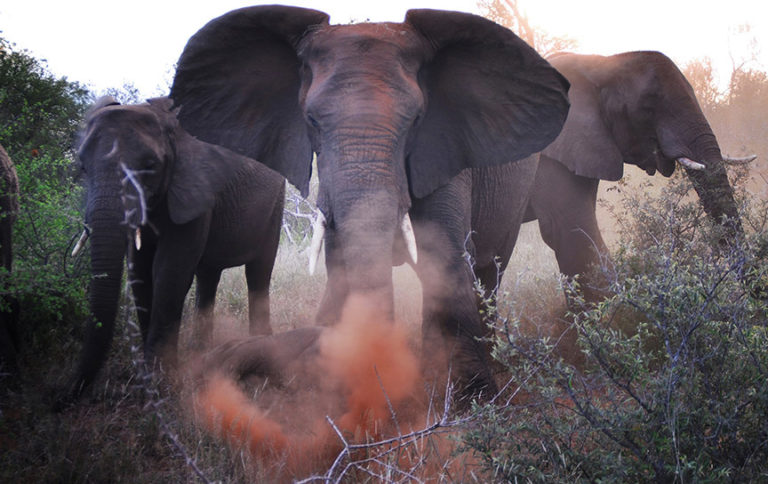
Elephants at the Makalali Private Game Lodge. (Photo: Supplied)
In the absence of an elephant specialist or habitat study it is not surprising that the environmental assessment practitioner, Dr Sindila Mwiya, and ReconAfrica CEO Scott Evans would claim that there were no elephants within the area of seismic testing and near the drill sites. In public meetings attended by Namibian journalist John Grobler, Mwiya also claimed that the seismic testing by way of slamming a hydraulic hammer into an aluminium dome to generate shockwaves of 300Hz into the ground would not impact elephants as they vocalise at lower frequencies.
In addition, Mwiya claimed that ReconAfrica’s daytime surveying away from “elephant activities” would not interfere with their behaviour. Without the input of elephant experts on the impacts of the Explorer 860 seismic surveying system (which touts itself as “better than dynamite”) and an elephant habitat study, the environmental assessment practitioner lacks the competence to make the ruling that there would be not “any frequency specific interference with the natural receiving environment”.
Existing literature suggests that elephants are extremely noise sensitive and it would not be surprising if they were sensitive to sounds around 300Hz. Elephants run from the sound of disturbed bees and aggressive tiger and leopard growls, and male Asian elephants disperse when vocalisations of wild Asian elephant matriarchal groups are played back.
In conclusion, existing research shows that seismic surveying has affected elephant behaviour negatively and the long-term impacts are yet to be fully assessed in numerous African countries. Oil drilling and extraction causes irreparable environmental damage by extracting fossil fuels from the earth, as well as encroaching on endangered species’ habitat.
Second, and similarly, because savanna elephants are specially protected species in Namibia and the continental savanna elephant population has been reclassified as endangered by the International Union for the Conservation of Nature, human activity should not be allowed when there is uncertainty, in the absence of research, about the scope and severity of the impact of seismic exploration on elephant behaviour, health, level and retention of fear, societal bonds, communication and elephant interactions with rural people. Full studies should be done before any more drilling or land-clearance activities are undertaken by the company. At the very least a comprehensive and independent monitoring programme should be established whereby potential changes in behaviour and movements of a representative fraction of the elephant populations in Khaudum National Park and Nyae Nyae Conservancy can be recorded in response to seismic exploration.
Third, the research uncovered here is substantial enough to make the argument that at the very least it is harmful to the delicate environment that elephants and local communities find themselves in, and that until absolutely proven to not harm savanna elephants, the seismic activity should be prevented. The precautionary principle suggests that action should be taken to avoid harming one of the world’s most iconic endangered species that is already facing multiple threats to its long-term survival.
The encroachment of elephant habitats by ReconAfrica ignores and disrupts one of the key aspects of elephant survival, and places increased risk on their already fragile ecosystem which in turn can have long-term negative effects on their population longevity and on the livelihoods of the surrounding farming communities. Due to the lack of clear environmental studies that lay the groundwork for elephant populations and movement in ReconAfrica’s licence area, the authors believe the Namibian government should immediately suspend the companies’ Environmental Clearance Certificate for drilling and not allow the company to begin any seismic surveying until such a time as the company satisfies the environmental requirements for these industrial activities in such an ecologically important region. DM
The authors would like to thank Jeff Barbee for editing the piece and Max Muyemburuko for supplying information.




